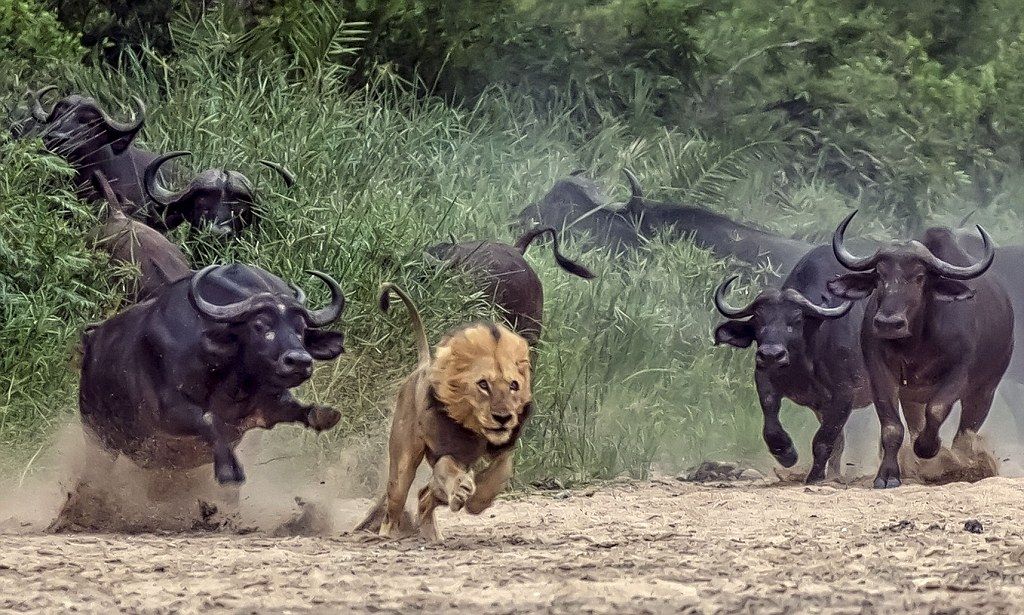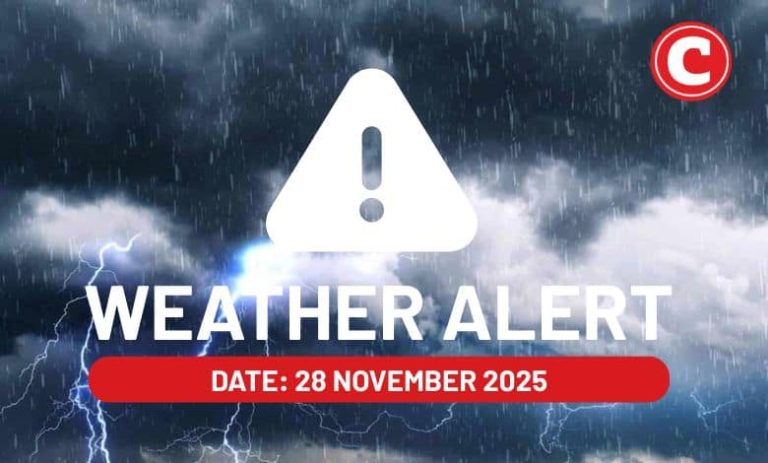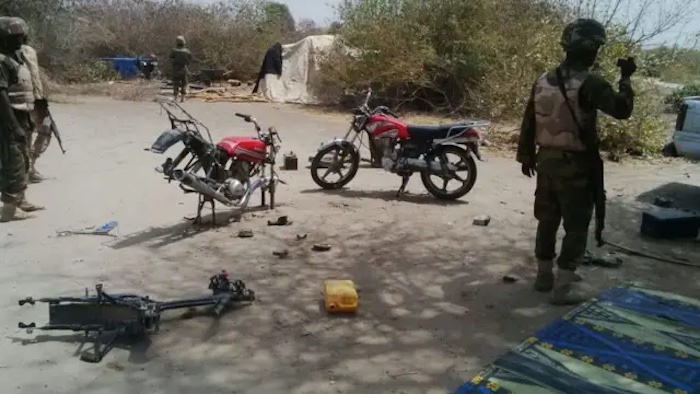
Namibia’s wildlife authorities have confirmed that more than 100 buffaloes were killed early Tuesday in a mass stampede after being chased by lions along the Chobe River in the country’s far east.
The incident occurred around 5 a.m. (03:00 GMT) in the Zambezi conservation area, a biodiversity hotspot of forests, waterfalls, and marshlands.
According to tourism ministry spokesperson Ndeshipanda Hamunyela, the herd was driven across the border from Botswana before the animals plunged off a steep cliff into the river.
“It is an unfortunate incident. The animals fell from a deep cliff down into the river, and some trampled over each other,” Hamunyela told AFP.
Footage broadcast by the Namibia Broadcasting Corporation showed men using axes to butcher the carcasses and load the meat onto trucks.
Hamunyela said security forces were on-site to maintain order, while the meat would be distributed to surrounding communities in collaboration with local authorities.
A Pattern of Tragedy
This is not the first time the Chobe River has witnessed such an event. In October 2023, more than 100 buffaloes drowned in the same river after being chased by a pride of 12 lions.
Similarly, in 2018, across the border in Botswana, over 400 buffaloes perished in a mass drowning believed to have been triggered by lions.
Although buffalo drownings are not uncommon in the region, conservationists note that such large-scale fatalities are rare. They also warn that carcasses can pollute rivers and attract predators dangerously close to human settlements.
Tourism and Conservation
Namibia, a semi-arid southern African country, derives nearly seven percent of its GDP from tourism, with wildlife safaris forming a key attraction.
The Chobe region and its cross-border ecosystems are renowned for vast herds of elephants, buffaloes, giraffes, and sable antelopes, drawing visitors from around the globe.
While locals often benefit from meat distribution after such incidents, conservationists continue to stress the long-term risks these mass drownings pose to both ecosystems and communities.



